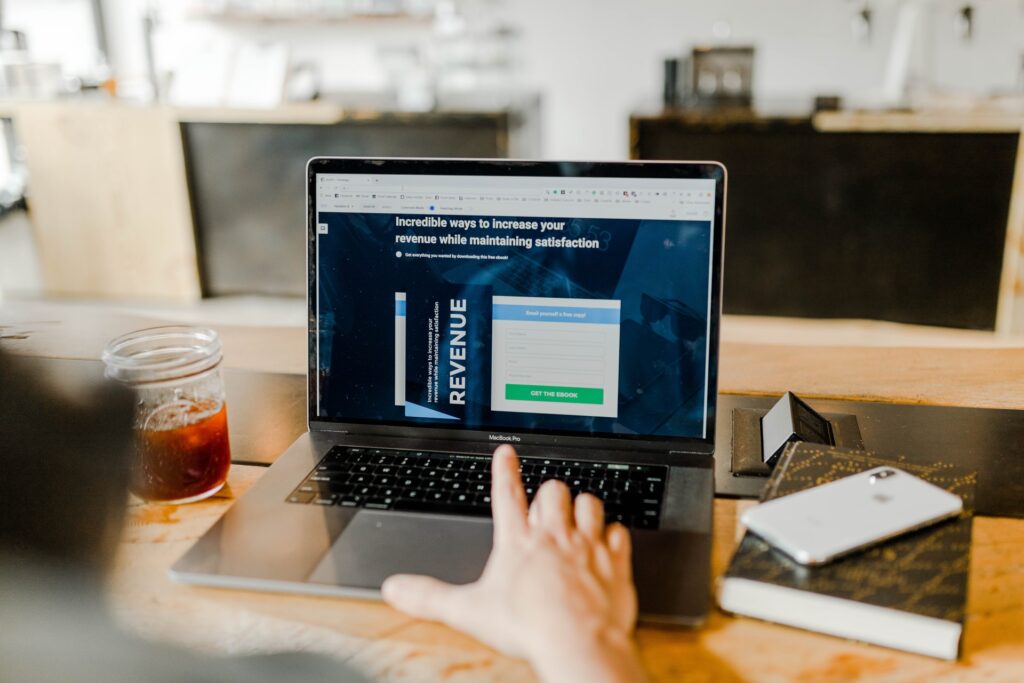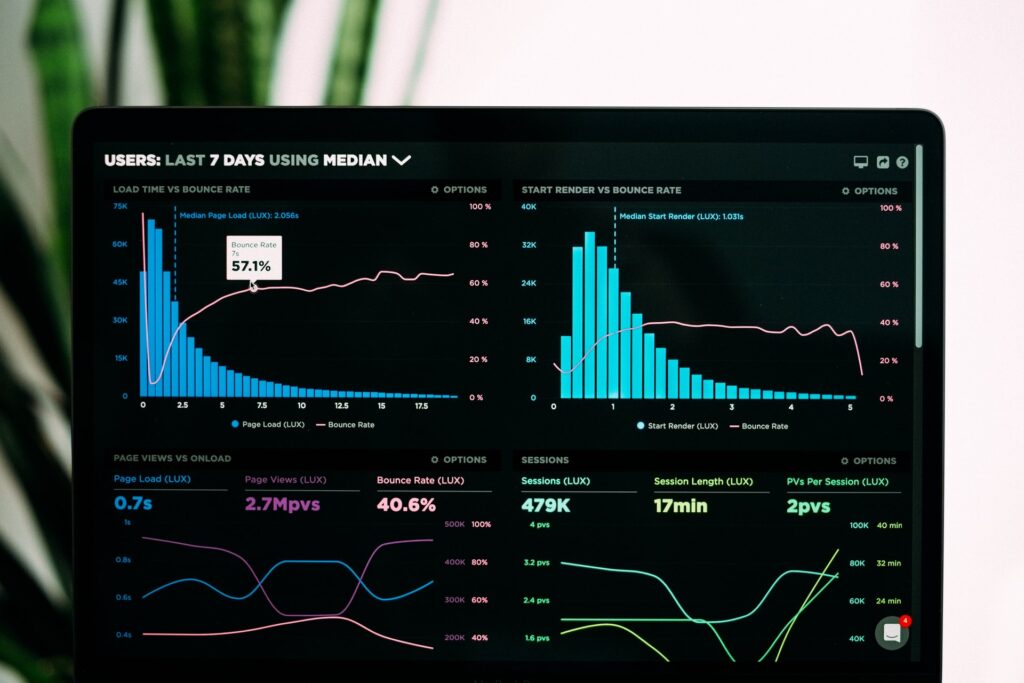
Conversion rate is the percentage rate of traffic that lands on your website that takes the action you want them to do. In other words, this is a critical metric that determines how successful and profitable your digital marketing efforts are.
At the end of the day, you want your website visitors to understand what your offer is, take the desired action and ultimately, become paying customers.
In this post, we will share six actionable conversion rate optimization tips. Let’s dive into it!
1. Be Consistent, Specific and Assertive with Your CTA
First – use only one CTA or call-to-action in your website. Not two, three or four.
Too many CTAs will lead to inaction. That is why don’t tell your website visitors to do four things because it will confuse them, tell them to do only one thing.
Remember, your CTA is crucial in conversion because they literally command your traffic what action to take. So be consistent and have only one all throughout your website to improve your conversion rate.
Second – be specific with your CTA.
Vagueness does not command attention. So, be specific. Here’s a good example, compare the two:
Contact Us vs Book a Discovery Call
Get Started vs Start Your 30-Day Free Trial
Get in Touch vs Speak with An Expert
Which is more persuasive? Right, it’s the latter. Being specific makes your CTA more effective which helps boost conversions.
Lastly, make sure your CTA appears in the header, hero and footer of your website because a lot of attention goes into those sections.
2. Use Pop-Ups Appropriately
Are pop-ups bad?
Yes, if they are irrelevant and appear as soon as visitors arrive on the website.
If you use pop-ups this way, they will become a clutter and a turn-off.
They will interrupt your visitor’s flow and distract them from what they are trying to do. That is why most people find pop-ups annoying.
So, when using a pop-up in your website, keep these things in mind to help improve website conversion:
First – you do not need a pop-up in every single page of your website. If a visitor is in the contact us page, then it is best to not have a pop-up appear.
Second – keep your pop-ups relevant. If a visitor is browsing your product page, then the best pop-up is a discount code.
Third – pop-ups are better for exit not when the customer arrives on your site. So, use tools like Google Analytics to know the average time spent per page of your traffic. Then make your pop-up appear 10 seconds before they leave.
The bottom line here: Pop-ups can hurt your website conversion if you do not use it properly.
3. Do Not Use Stock Photos
Users can tell from a mile if the images on a website are stock photos or not.
If you want your website to scream fake and generic, then feel free to use stock photos.
But if you want to build trust and credibility, use real photos to increase conversion.
People do business with people they like and trust – putting a real picture of your team, your office and your location is the first step to do this.
Potential customers are naturally curious about what goes behind the scene, how your office environment and culture looks, so present your business as authentic as possible.
Hire a local photographer to take photos of you and your team members as well as your office and location. If you do not have a budget then use your smartphones. Phones these days have good cameras.
Just avoid using stock photos. It does not leave a good impression hence it results in poor website conversions.
4. Present Your Testimonials in A Way Visitors Can Relate
It is obvious that you will put a 5-star rating on your website. Users know that these reviews are biased – because who would put a bad review on their website, right? Nobody in their sane mind.
So, does this mean these reviews are worthless? The answer is no.
You need testimonials in your website because:
First, it serves as a social proof.
Second, it helps build trust and credibility.
Here’s the thing, you can take advantage of these testimonials to improve the conversion rate of your website. How?
Present those testimonials from the perspective of your traffic – frame it as “what people like me are saying?” Make sure the testimonials also include the three elements:
- Before a.k.a. the client’s hesitation before the purchase
- After a.k.a. the client’s ‘discovery’ after the purchase
- The Experience a.k.a. the emotional response
Also, don’t forget to include a picture, name, job title or city so people can see themselves in your website’s testimonials.
5. Do Not Put Social Media Icons in The Header, Only in The Footer
People mindlessly scroll and click.
When you put your social media icons in the header of your website, it is one of the first things your traffic sees. If your traffic clicks that Instagram icon and leaves your website, chances are they will not be coming back.
And this is bad.
Why?
Because you are sending your traffic away which results in poor website conversions.
When it should be the other way around – attract traffic from social media, direct them to your website so you can convert them.
That is why you place social media icons in the footer. Well, what if one argues “just don’t put any social media icons so they will stay on your website and not get distracted.”
Here’s the thing, social media is very handy when it comes to social proof and you need social proof to build trust. That is why, you need to link your social media in your website, just place it in the footer.
6. Have A Pre-Sell Article A.K.A. Advertorial
A pre-sell article is basically an advertorial. Advertorials have been around for decades now – from printed publications, it has now made its way into the internet.
There’s a reason why master marketers use advertorials – it does not only build brand awareness, but it also improves conversion rate.
Advertorials are best suited if you are selling a product because typically when you run an ad and drive traffic to your website, your visitors have only two choices on the landing page: buy now or don’t.
Some of your audiences are ready to go and buy what you offer but some need a push.
The ones who did not take action can be retargeted and directed to an advertorial because an advertorial is a critical piece of content that will help cultivate that mindset shift for them to be aware of the problem, be ready to take action and buy what you offer.
Takeaway

Conversion is a journey. For your traffic to take action, you have to guide them from point A to point B. That is why you have to understand how your users interact with your website.
The good thing is that there are many tools out there you can take advantage of to understand your user flow, know what actions are they taking and what are the resistance or blockage that prevents them from doing so.
To name a few, you can use Hotjar to understand the behavior of your traffic. You have Google Analytics that will provide insights on your website’s performance. Make use of these tools so you have an idea of what helps improve your conversion rate and what doesn’t.



